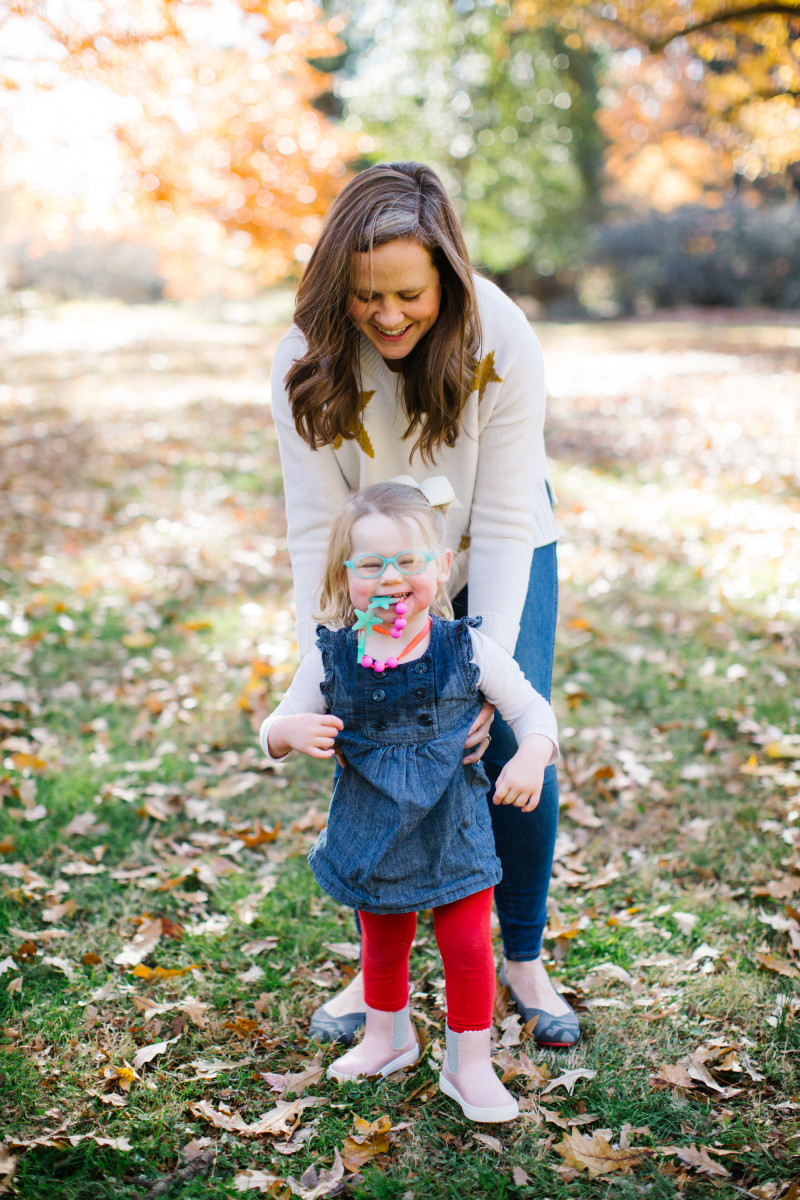Benefits of Exercise and Physiotherapy for Angelman Syndrome

Elizabeth Jalazo, MD, with her 5-year-old daughter Evelyn, who has Angelman syndrome. (Photo courtesy of Elizabeth Jalazo)
Angelman syndrome is a rare neurological genetic disorder that causes physical and intellectual disabilities. No cure is available, but treatments can help patients to manage symptoms and improve their quality of life.
As the disorder affects motor function, exercise and physiotherapy may help improve the strength, coordination, balance, and posture of patients.
What is Angelman syndrome?
Angelman syndrome is a genetic disorder that affects the nervous system. Children born with the disorder experience developmental delays. They usually are slow at learning to crawl and walk, and may face lifelong problems with balance and coordination. In addition, weakness in the muscles of the back can lead to scoliosis.
How can physiotherapy help?
People with Angelman syndrome experience walking problems and compromised motor skills. A physiotherapist can establish a tailored exercise program that can help develop, maintain, and restore maximum movement and functional ability. Physiotherapists can supervise patients while they exercise. They can also train caregivers on how to oversee patients performing physiotherapy exercises.
In Angelman syndrome, physiotherapy may be able to improve coordination during walking. This can help patients become more mobile and perform simple tasks, such as dressing or feeding themselves.
Some patients may benefit from horseback riding or water activity, while others may see improvements with riding an adaptive bike or doing yoga, for example. Physiotherapy is also important to prevent permanent joint stiffening as patients age.
For children with Angelman syndrome, physiotherapists may prescribe orthotic braces to help manage scoliosis and improve overall stabilization when walking.
How can I ensure exercises at school are safe for my child?
Many schools have a physical education requirement. If you are a parent or caregiver of a child with Angelman syndrome, discuss safe exercises for your child with his or her primary physician, physiotherapist, and occupational and speech therapists.
This information and any special accommodations can be communicated to your child’s school and teachers in the form of a treatment plan, which details information about Angelman syndrome and its treatments and possible side effects.
Schools can also work with you to develop an individualized education plan that lays out any special accommodations and the ways in which the school will work with your child and you to help meet your child’s educational needs.
An extra benefit of exercise for children is that as they develop better motor skills, they interact more with peers. In turn, this may lead to enhanced social skills.
How can I help my child outside of physiotherapy?
Other steps you can take to help your child early with gross motor development, such as crawling or walking, include providing interactive play experiences in a variety of spaces and on different surfaces.
Helping your child to take skills learned in physiotherapy and apply them in the community can also promote independence and social play.
Last updated: July 27, 2020
***
Angelman Syndrome News is strictly a news and information website about the disease. It does not provide medical advice, diagnosis, or treatment. This content is not intended to be a substitute for professional medical advice, diagnosis, or treatment. Always seek the advice of your physician or other qualified health provider with any questions you may have regarding a medical condition. Never disregard professional medical advice or delay in seeking it because of something you have read on this website.






